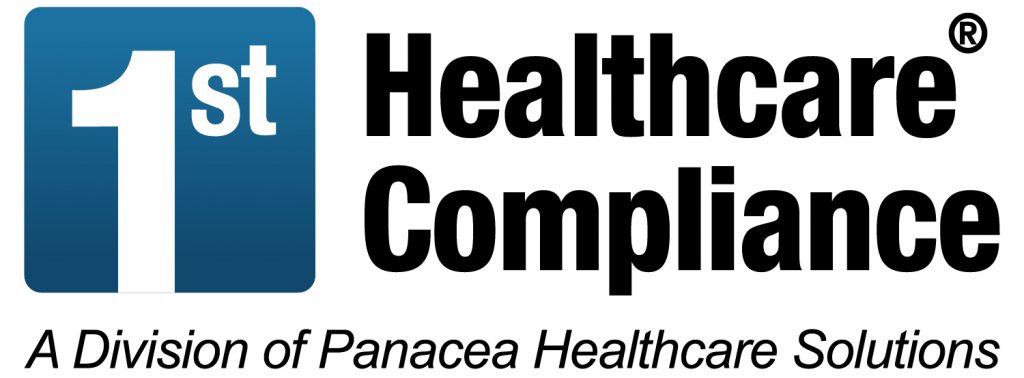5 Takeaways from the CMS Proposed Rule for Year 3 of QPP

Recently released proposed policy changes for Year 3 (2019) of the Quality Payment Program (QPP) are explained in a webinar by CMS as an opportunity for stakeholders including clinicians, associations, and providers to learn more about what is included in the proposed rule for the 2019 performance period (also known as Year 3) of the QPP. Data will be submitted at the end of March 2019 and claims will be adjusted in 2021 with potential for a 7% impact.
Proposals vary from the 2018 updates and result from flexibilities offered by the recent enactment of the Bipartisan Budget Act of 2018 which provides authority to continue gradual transition in MIPS for three more years. Among the proposals are new terms that include collection type, submitter type, and submission type. A CMS fact sheet provides a high-level overview of the Year 3 proposals and information on how to submit comments. CMS invites feedback particularly in the following areas:
- Furthering the expansion of the facility- based option;
- Restructuring the categories and whether a more gradual approach should be used;
- Creating measures and activities that span across categories.
The close of the 60-day comment period is September 10, 2018. The instructions for submitting comments are in the proposed rule. Submit comments either electronically via regulations.gov, regular mail, express or overnight mail, or hand or courier. For more information, go to: qpp.cms.gov or call 1-866-288-8292 (TTY 1-877-715- 6222) or email at QPP@cms.hhs.gov.
Below are five notable highlights of the proposed rule for year 3 of QPP.
- MIPS category weights are changed, with Quality at 45% of the performance year weight, Cost at 15%, Promoting Interoperability (formerly Advancing Care Information) at 25%, and Improvement Activities at 15%.
- In addition to the clinicians previously eligible to participate, the proposal includes: Clinical Psychologists, Physical Therapists, Occupational Therapists, and Clinical Social Workers.
- A third criteria is proposed for meeting the low volume threshold and creating an opt-in scenario. In addition to 1) $90,000 in part B payments and 2) 200 patient/beneficiaries visits annually, a third criteria includes the number of covered professional services annually (200). If all three are met, the clinician must participate. If none of the three are met, they must be excluded. If one or more are met, it is optional to participate. It’s important to note the distinction between patients and services. One patient may receive several services during a visit.
- Reporting options are individuals, groups (TIN with 2 or more), APM or virtual groups.
- New measures are being added. Under the e-prescribing objective a proposed measure includes verifying opioid treatment agreement.
For more helpful resources related to QPP, please download our eBook and check out our podcast and webinar.


Thanks for sharing the valuable post! According to Administration officials, the proposed changes in the PFS and QPP will streamline documentation requirements to focus on patient care and modernize payment policies, and, overall, these changes seem to be welcome news to health IT and healthcare stakeholders.